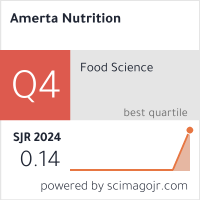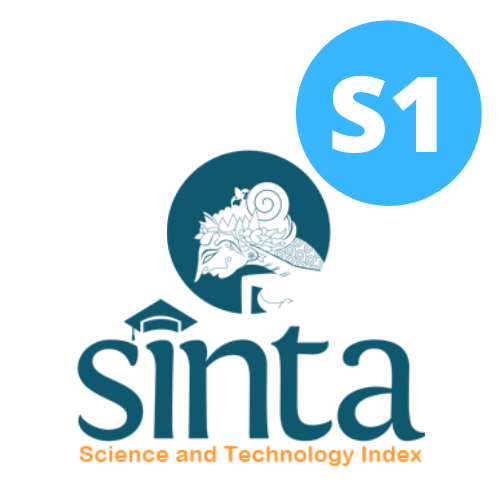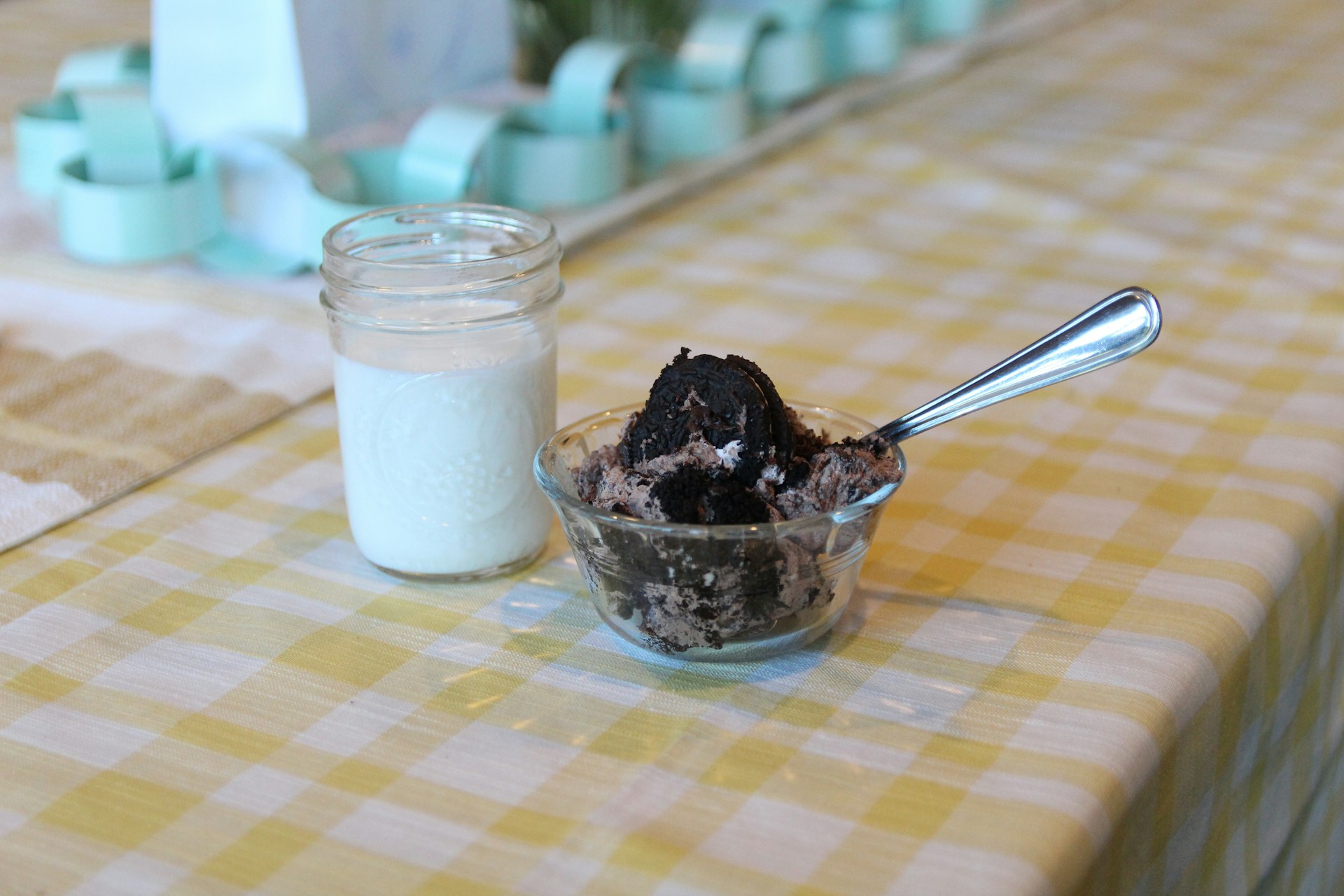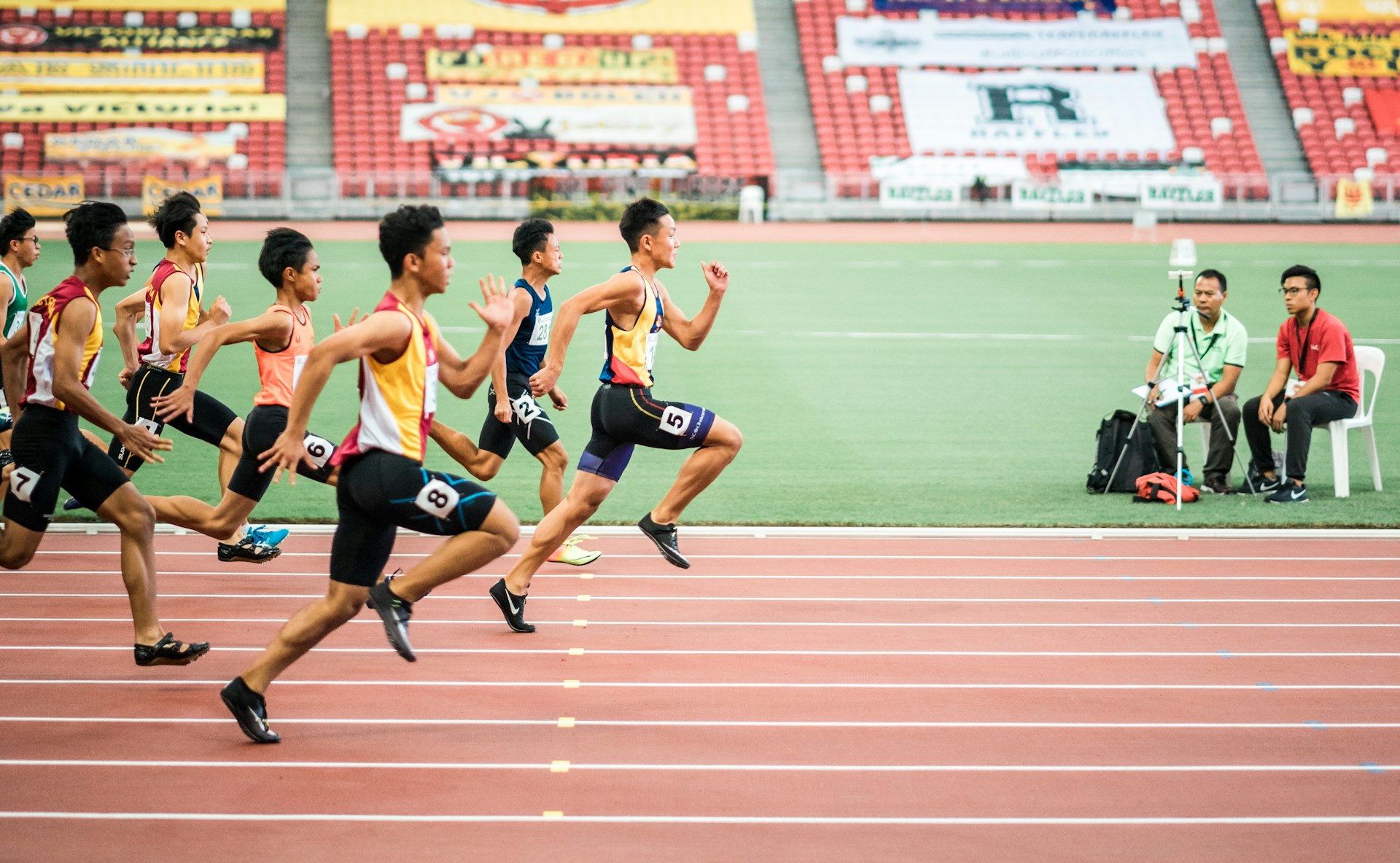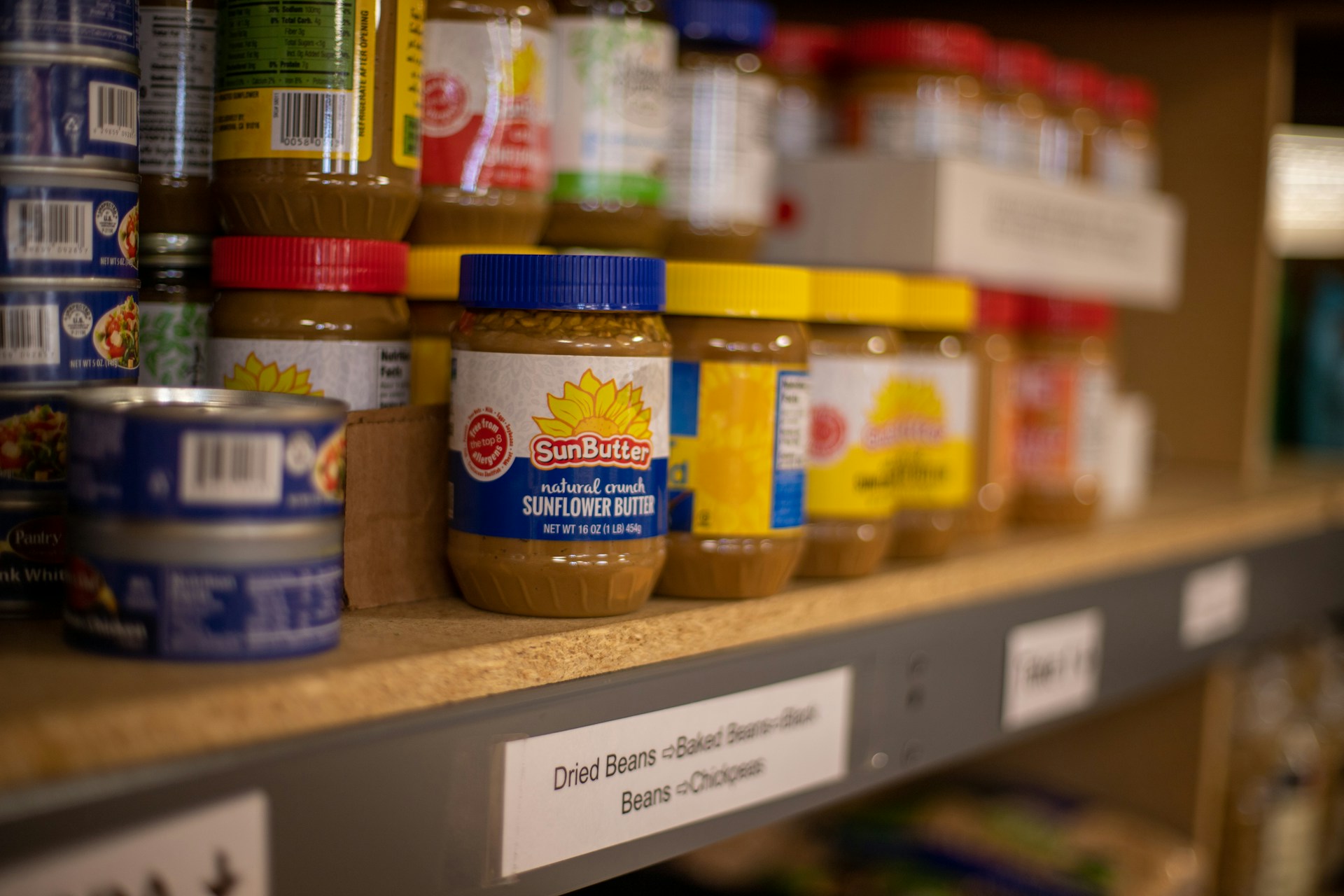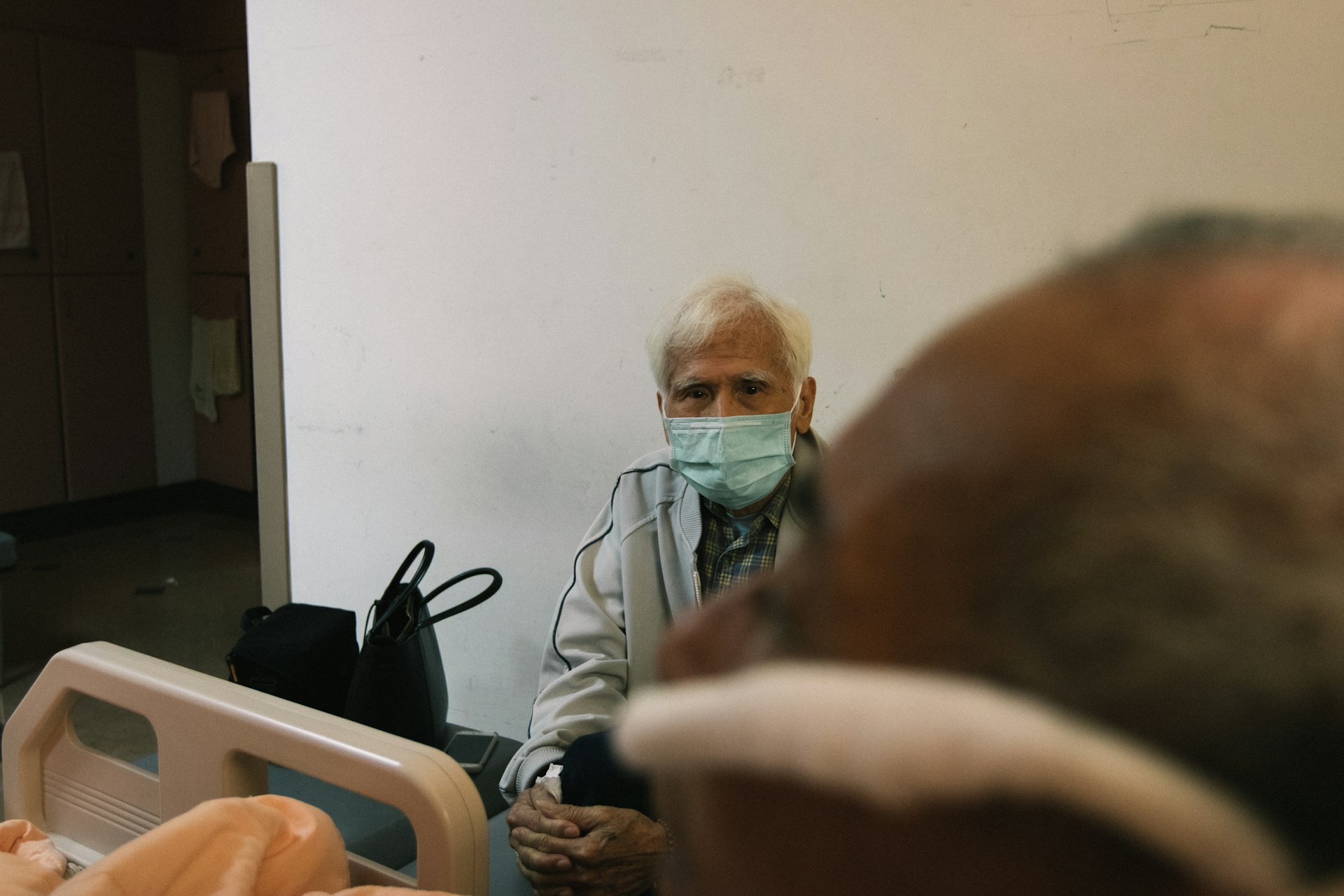Correlation between Iron Consumption, Hemoglobin Level, and Nutritional Status on the Physical Fitness of Young Women at MA Al-Irsyad Gajah
Hubungan Asupan Zat Besi, Kadar Hemoglobin, dan Status Gizi terhadap Kebugaran Jasmani Remaja Putri di MA Al-Irsyad Gajah

Downloads
Background: Good nutritional status, normal hemoglobin levels, and adequate iron consumption will help a person achieve good physical fitness. Lack of iron consumption causes a decrease in hemoglobin production. Low levels of hemoglobin cause disruption of oxygen transport to whole body associated with energy production. Malnutrition or excess nutritional status causes a person to have difficulty moving, which results in a lower level of physical fitness.
Objectives: To determine the relationship between iron consumption, hemoglobin level and nutritional status on the physical fitness of female adolescents.
Methods: The study used a cross-sectional design, with total sample of 65 respondents. The data were nutritional status from BMI/U, hemoglobin levels using the Easytouch GCHb (Glucose, Cholesterol, and Hemoglobin) tool, iron consumption using food recall, and physical fitness measured using beep test. Bivariate analysis was measured by Gamma correlation test and ordinal logistic regression test for multivariate analysis.
Results: Most of respondents had good nutritional status (55.4%), normal hemoglobin levels (69.2%), good iron consumption (58.5%), and sufficient physical fitness (60%). The results of bivariate analysis showed that nutritional status did not correlate with physical fitness (p=0.905). Meanwhile, hemoglobin level and iron consumption correlated with physical fitness (p=0.004). Multivariate analysis explained that hemoglobin levels had a 1.73 effect on physical fitness compared to iron intake which influenced physical fitness by 1.1 times.
Conclusions: There is a correlation between iron consumption and hemoglobin levels with physical fitness. There is no correlation between nutritional status and physical fitness.
INTRODUCTION
The body's capacity to carry out a variety of physical activities without becoming exhausted is known as physical fitness1One aspect to support adolescent learning achievement is a good fitness aspect. Many teenagers’ fitness has decreased due to lifestyle changes. This is because physical education lessons at school only meet once a week2According to3physical fitness consists of two types: health-related and skill- related fitness. Muscular endurance, cardiovascular endurance, flexibility, and body composition are all components of health-related fitness. Agility, balance, coordination, movement speed, and power are all aspects of skill-related fitness3.
Factors that have impacts on physical fitness include heredity, gender, physical activity, age, body temperature, nutrient intake, and rest. Physical fitness can be described as VO2max Level. VO2max is the body's ability to consume oxygen during activities4The method that is widely applied to assess physical fitness is the Multistage Fitness Test (MFT) or Beep Test method5The advantages of this test are that it is effective and efficient because this test can be carried out directly on many people at once, the procedure for carrying out this test is fairly easy, it is more economical because it does not require expensive equipment and the estimation results are close to tests in the laboratory4The beep test also provides an overview of aspects of endurance fitness, which is determined by the efficiency of lung and heart function and is caused by the body's maximum oxygen consumption4.
One of the efforts to support good fitness is influenced by intake, the intake that influences it is macronutrients. In addition to macronutrients consisting of carbohydrates, proteins, fats, there are also micronutrients that support fitness. These micronutrients include mineral intake, including iron intake6Iron is one of the nutrients in the form of micro minerals that are mostly found in the human body, and it is approximately 2-5 grams7Iron in the reaction acts as a cofactor in the formation of energy. Formation of energy in mitochondria requires a series of enzymes that play a role in electron transport, namely cytochrome oxidase enzymes8Iron, in its reaction works with the electron transport proteins present in every cell, then plays a role in the formation of energy. The electron transport protein converts oxygen into water (H2O) by transferring hydrogen and electrons from foods that provide energy. The iron needed by young women aged 15-19 years is 15 mg/day9Hemoglobin, which carries oxygen from the lungs throughout the body and returns carbon dioxide from every part of the body to the lungs, contains the majority of iron in the body. Myoglobin plays a role in storing, receiving and releasing oxygen into muscle cells7The primary metallic protein present in red blood cells, hemoglobin serves as a means of carrying oxygen from the lungs to all peripheral tissues as well as carbon dioxide from those tissues back to the lungs, so that it can affect the person body fitness6.
Body fitness can be related to a person’s nutritional status. Nutritional status is the condition of a person's body which is the result of a balance between daily food intake and nutritional needs. Nutritional status can be regarded as one element that reflects a person's health status. If a person's nutritional intake is in accordance with the person needs, this nutritional status will be good. As for someone who has nutritional intake of food that is lacking, malnutrition will arise. If the nutritional intake is excessive, then there will be excess nutrition. It can be concluded that nutritional status is an interpretation of an individual's description as a result of their daily food intake10Food intake is also important to understand the impact of iron consumption, hemoglobin levels, and nutritional status on physical fitness of young women.
METHODS
The research design applied to this study was a cross-sectional study design. This research was conducted at MA Al-Irsyad Gajah, Demark Regency, Central Java. The population in this study was 180 female students, where the sample after being calculated using the Solving formula was 65 female students. The research obtained ethical permission from the health research ethics commission of Semarang State University with number: 239/KEPK/EC/2021. Iron consumption was measured using a 2x24 hour food recall questionnaire. The total amount of iron consumed is calculated based on food, drink, and supplements consumed through a questionnaire. Information on iron adequacy refers to the nutritional adequacy rate of iron for young women, which is 15 mg/day9Hemoglobin level is a measure of the amount of hemoglobin in the body which functions to bind oxygen and transport it from the lung tissue to the peripheral tissues. This study measured hemoglobin levels using the GCHB easy touch tool. Information on the results of female adolescent Hb levels is less <11.9 g/dL, normal 12-16 g/dL and more >16.1 g/dL11Nutritional status is the condition of a person's body due to the balance between consumption of nutrients and nutritional needs. The calculation uses the BMI/U z-score index. Then, categorized according to the BMI/U table according to age and gender. The results of the z-score were severely wasted <-3 SD, wasted -3 SD until +1 SD, normal -2 SD until +1 SD, possible risk of overweight >1 SD until +2 SD, overweight >2 SD until +3 SD, obese
Ruiz, J. R. et al. Cardiorespiratory fitness and ideal cardiovascular health in European adolescents. Heart 101, 766–773 (2015).
Kasyifa, I. N., Rahfiludin, M. Z. & Suroto, S. Hubungan Status GizidDan Aktivitas Fisik Dengan Kebugaran Jasmani Remaja. Med. Technol. Public Heal. J. 2, 133–142 (2018).
Sudiana, I. K. Peran Kebugaran Jasmani bagi Tubuh. in National Seminar Proceedings FMIPA UNDIKSHA IV 389–398 (2014).
Ardy Paramitha. Efektivitas Instrumen Tes Pengukuran Nilai Konsumsi Oksigen Maksimal (VO2 Maks) untuk Siswa SMA (Studi Kasus di SMA PGRI 01 Kendal). (Universitas Negeri Semarang, 2008).
Widiastuti. Tes dan Pengukuran Olahraga. (Rajawali Press, 2019).
Irianto P. Pedoman Gizi Lengkap dan Olahragawan. (CV. Andi Offset, 2017).
Almatsier, S. Prinsip Dasar Ilmu Gizi. (Gramedia Pustaka Utama, 2010).
Tiyas, T. ayu setiyaning. Hubungan Asupan Zat Besid Dan Kadar Hemoglobin dengan Kesegaran Jasmani(Vo2 Max) Pada Remaja Putri Di Sma Negeri 3 Semarang. in Semin. Nas. Gizi 2017 Prodi Gizi Univ. Muhammadiyah Surakarta 4 (2009).
Kementerian Kesehatan Republik Indonesia. Peraturan Menteri Kesehatan Republik Indonesia Nomor 75 Tahun 2013 Tentang Angka Kecukupan Gizi yang dianjurkan Bagi Bangsa Indonesia. J. Chem. Inf. Model. 53, 1689–1699 (2013).
Mustamin & Rauf, S. Penilaian Status Gizi Metode Penilaian Status Gizi. (Pusat Pendidikan Sumber Daya Manusia Kesehatan Kementrian Kesehatan republik Indonesia, 2021).
Giri, W. Fisiologi dan Olahraga, Yogyakarta. (Graha Ilmu, 2013).
Kementerian Kesehatan Republik Indonesia. Peraturan Menteri Kesehatan Republik Indonesia Nomor 2 Tahun 2020 tentang Standar Antropometri Anak. Kementerian Kesehatan Republik Indonesia vol. 2, 1–12 at http://clik.dva.gov.au/rehabilitation-library/1-introduction-rehabilitation%0Ahttp://www.scirp.org/journal/doi.aspx?DOI=10.4236/as.2017.81005%0Ahttp://www.scirp.org/journal/PaperDownload.aspx?DOI=10.4236/as.2012.34066%0Ahttp://dx.doi.org/10.1016/j.pbi.201 (2020).
Indraswari, S. H., Rahfiludin, M. Z. & Rosidi, A. Correlation between nutritional adequacy, Fe content, body fat percentage, and muscle mass percentage with physical fitness. J. Keolahragaan 10, 21–30 (2022).
Maylina, L. A. Hubungan Antara Konsumsi Pangan Sumber Protein, Zat Besi, Dan Vitamin C Dengan Kejadian Anemia Siswa Sekolah Dasar. (Universitas Jember, 2016).
Ardania, Adinda. Hubungan Pola Diet Vegetarian dan Faktor-Faktor yang Berhubungan dengan Kebugaran pada Kelompok Dewasa Muda di Pusdiklat Maitreyawira Jakarta Barat Tahun 2010. (Universitas Indonesia,2010).
Alaunyte, I., Stojceska, V. & Plunkett, A. Iron and the female athlete: A review of dietary treatment methods for improving iron status and exercise performance. J. Int. Soc. Sports Nutr. 12, 1 (2015).
Sari, R. P., Maria, E., Silaban, L. & Merry, Y. A. Correlation of Hemoglobin Levels with Nutritional Status in Adolescent Girls : A Health Promotion Perspective. J. Promosi Kesehat. Indones. Vol 18, (2023).
B, B. Hubungan Kadar Hemoglobin dan Indeks Massa Tubuh dengan VO2Max pada Atlet Futsal SMA Negeri 2 Sinjai. Int. J. Hypertens. 1, 1–171 (2020).
Rezeky Dayu Putra & Arif Fadli Muchlis. Hubungan Kadar Hemoglobin Dengan Kesegaran Jasmani Siswa Smk Negeri 1 Pariaman. Jurusan. Kesehat. dan Rekreasi 3, (2020).
Nur Istiqomah, I. P., Kristiyanto, A. & Ardyanto, T. The Correlation between Hemoglobin Levels and Physical Fitness in Teenage Taekwondo Athletes. Int. J. Hum. Heal. Sci. 6, 204 (2022).
Harfika, A. & Hidayat, F. The Correlation between Nutritional and Hydration Status with Physical Fitness in Young Soccer Athletes. J. Appl. Food Nutr. 3, 1–6 (2021).
Copyright (c) 2024 Amerta Nutrition

This work is licensed under a Creative Commons Attribution-ShareAlike 4.0 International License.
AMERTA NUTR by Unair is licensed under a Creative Commons Attribution-ShareAlike 4.0 International License.
1. The journal allows the author to hold the copyright of the article without restrictions.
2. The journal allows the author(s) to retain publishing rights without restrictions
3. The legal formal aspect of journal publication accessibility refers to Creative Commons Attribution Share-Alike (CC BY-SA).
4. The Creative Commons Attribution Share-Alike (CC BY-SA) license allows re-distribution and re-use of a licensed work on the conditions that the creator is appropriately credited and that any derivative work is made available under "the same, similar or a compatible license”. Other than the conditions mentioned above, the editorial board is not responsible for copyright violation.






